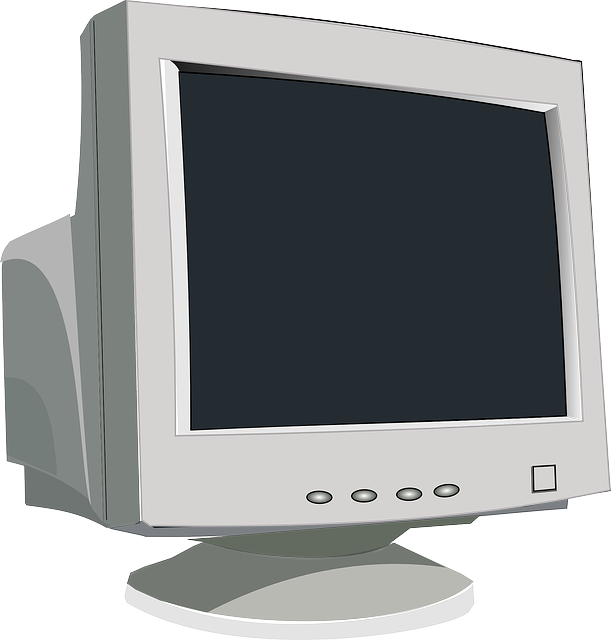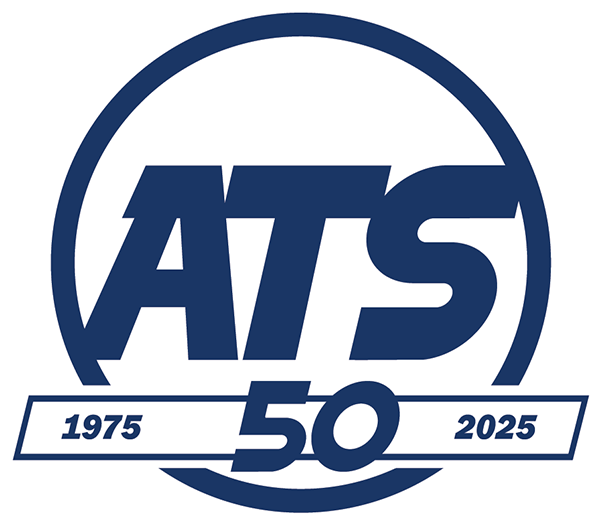Breathing New Life into Middle-Aged Computers
February 8th, 2017 by admin

Your employees' computers may not be up to speed anymore after two or three years of use, but in many cases your staff can upgrade or tune up these devices to keep pace with work demands. Upgrades can often be purchased and installed for under $100 a system, offering an inexpensive way to extend the life of a desktop or laptop computer.
Talk with your IT staff or your IT managed services partner to learn more about your options for addressing the classic employee complaint "My computer is too slow."
Upgrade to Solid State Drives for Faster Loading
Outside of cost-per-gigabyte storage rates, Solid State Drives (SDDs) are a comprehensive upgrade to traditional hard disk drives. If your employees are complaining about long load times when opening programs or accessing files, an SSD upgrade can make a world of a difference. According to the manufacturer Crucial, SSDs are more durable, faster, lighter, and more energy-efficient than their disk-based predecessors.
A few years back, the opportunity cost may have been prohibitive, especially when it comes to your entire staff. But now that prices have dramatically dropped, going SSD makes financial sense.
RAM Upgrade
While CPU upgrades are usually impractical, a computer's other main performance component often represents a simple, far-reaching upgrade option: RAM. The RAM, or the system's main memory, handles all the active applications on the system; when it runs out, the computer has to fall back on the far slower HDD/SDD storage. However, the law of diminishing returns applies to this upgrade, and adding more memory than the computer utilizes at a maximum won't improve performance. Your business may be able to upgrade a few computers' RAM for free by pulling compatible modules from decommissioned, broken, or unused machines.
Newer Laptops = Fewer Upgrade-Ready Parts
Desktop computers are still the kings of upgrade-ability, but their portable counterparts can't say the same. The industry is trending toward integrating parts together instead of in a modular configuration, so the RAM and storage may not be upgradeable on some devices. For example, as of 2015, Apple started using soldered RAM and proprietary SDDs, making upgrade-ability and repairs extremely difficult (if not impossible).
Backup and Reinstall Windows/Other Software
This tip applies specifically to Windows devices that are approaching the middle of their lifespan: Back up all important data, nuke the main hard drive, reinstall Windows, and restore all useful applications. Because of the way Windows operating systems work, a part of the code called the "registry" is changed over time with newly installed/updated applications, leading to slower performance. While newer iterations of Windows aren't affected as badly by this problem, it still exists—and the best way to fix it is to reinstall Windows.
If you're looking for ways to ensure employee devices keep up with workload demands, the IT experts at ATS are ready to help. Contact us today to get started.
Posted in: Managed IT Services, Support, Solutions

